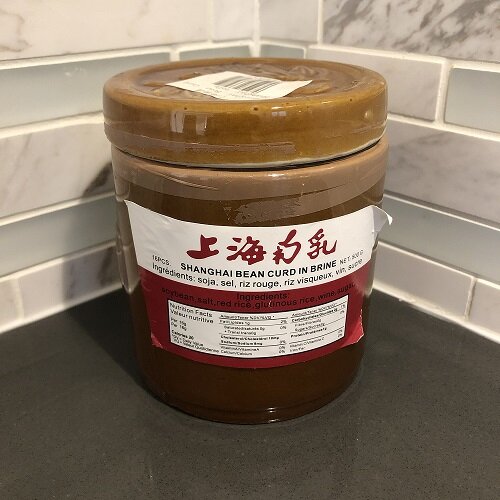Homemade Char Siu
Char Siu 叉燒 is Chinese BBQ pork typically roasted on open fire and sold in Chinatowns all over the world. It is a delicacy straight out of Hong Kong so it always reminds me of my hometown. However, if you don’t live in Hong Kong, or near a Chinatown, or you simply want to learn to make this iconic Cantonese dish at home, then you are in for a treat. Believe it or not, this is actually quite an easy dish to master. The key is to find the right cut of meat with enough fat in it, and also to control the oven heat so you could mimic the effect of a barbeque.
Once you have mastered this dish, you could use it to make Char Siu Bao, which is the steamed bun with the BBQ pork inside. I also teach an online cooking class for Char Siu Bao if you are interested in learning how to make the bao in a virtual classroom setting using Zoom.
A few extra tips on the recipe:
The most important part of making homemade char siu is finding a nice piece of pork shoulder butt that has a good amount of fat in it. The best is having the fat evenly distributed throughout the meat.
The next step is finding the ingredients to make a traditional marinade. There are many school of thoughts on the best marinade so I’ll try my best to explain the what and why in my recipe.
First of all, Red Fermented Bean Curd is key for the natural reddish hue and additional umami flavor.
Shanghai or red bean curd is all the same thing. More traditional brands are sold in a ceramic jar like this but not all of them are.
Secondly, you need Chu Hou Sauce (or Chee Hou) which is Sweet Bean Paste with some additional sesame seeds flavors. If you can’t find Chu Hou, you can always replace it with Sweet Bean Paste. This adds another layer of deep umami flavor to the marinade.
Chu Hou Sauce was named after a chef in China who originally created the recipe for it.
Lastly, my recipe calls for Chinese cooking rose wine which many regards as a must-have when marinating char siu. It adds a unique floral fragrance to the final dish. However, if you can’t find it, you can always replace with Shaohsing cooking rice wine instead.
The last tip is positioning your oven rack on the upper third of your oven so it’s closer to the heating element on top to help create the iconic charred effect on the edges.
Homemade Char Siu 叉燒
Prep to Serve: 2.5 hours (includes a minimum of 1 hour of marinating)
Cleanup: easy
Freezes well
Serves 4 people
Must have ingredients:
1 1/2 pounds pork shoulder
1 1/2 teaspoons minced garlic
3 tablespoons Chinese light soy sauce
2 tablespoons fermented red bean curd
2 tablespoons chu hou sauce
2 tablespoons Chinese cooking rose wine
2 tablespoons brown sugar
1 tablespoons honey
Steps:
Cut pork into long strips of no thicker than 1 1/2 inches. Place in a large bowl for marinating.
Mix garlic, soy sauce, red bean curd, chu hou sauce, rose wine and sugar to create the marinade. Reserve 1/4 cup of the marinade for basting later. Pour the rest of the marinade over the pork and marinate for a minimum of 1 hour, or refrigerate up to overnight for best results.
When ready to roast, line a rimmed sheet pan with foil. Fill it with 1 1/2 cups water and place a metal rack on top for the pork to sit on. Preheat oven to 475° F with an oven rack positioned in the upper third of the oven. Roast for 10 minutes, then reduce temperature to 375° F and roast for another 15 minutes. Flip the pork and roast for another 15 minutes.
Add honey to the reserved marinade to create a sauce. Remove pork from the oven, baste one side, flip and baste the other side. Return to the oven to roast for another 10 minutes at 375° F.
Remove from oven, baste one more time, and rest for 10 minutes before cutting into slices to serve hot.
Hope you find this recipe helpful and would give it a try at home. If you enjoyed this recipe and would like to support Dash of Soy, you can send a gift , or Venmo. 100% of your contribution goes into recipe curation, testing, artwork, and our free live cooking shows that make Dash of Soy a special place. Thank you!

